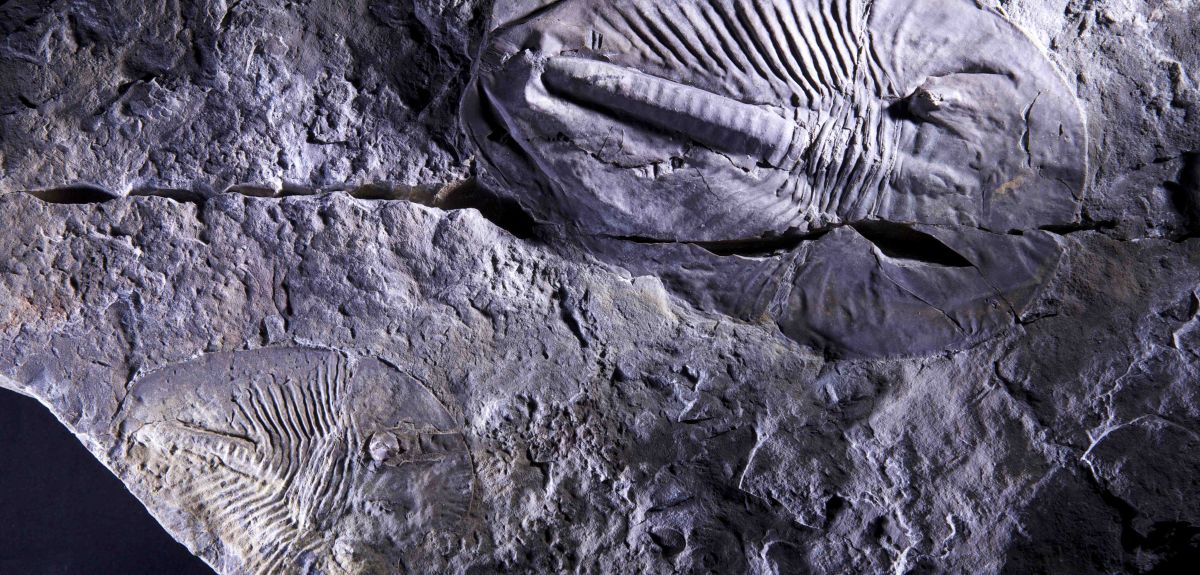
Credit: Andrey Zhuravlev, Lomonosov Moscow State University
Oxygen linked with the boom and bust of early animal evolution
A team of researchers from the University of Oxford, University of Leeds and UCL have found that extreme fluctuations in atmospheric oxygen levels corresponded with evolutionary surges and extinctions in animal biodiversity during the Cambrian explosion.
The Cambrian explosion was a crucial period of rapid evolution in complex animals that began roughly 540 million years ago. The trigger for this fundamental phase in the early history of animal life is a subject of ongoing biological debate.
The study, published in Nature Geoscience by scientists from the UK, China and Russia, gives strong support to the theory that oxygen content in the atmosphere was a major controlling factor in animal evolution.
The study is the first to show that during the Cambrian explosion there was significant correlation between surges in oxygen levels and bursts in animal evolution and biodiversity, as well as extinction events during periods of low oxygen.
Rosalie Tostevin from the University of Oxford’s Department of Earth Sciences, said: ‘Using sulphur and carbon isotopic signatures preserved in ancient limestone, we show that surges in early animal evolution coincided with pulses of oxygen to the atmosphere and shallow seas.’
Professor Graham Shields from UCL Earth Sciences, said: ‘This is the first study to show clearly that our earliest animal ancestors experienced a series of evolutionary radiations and bottlenecks caused by extreme changes in atmospheric oxygen levels.
‘The result was a veritable explosion of new animal forms during more than 13 million years of the Cambrian Period. In that time, Earth went from being populated by simple, single-celled and immobile organisms to hosting the wonderful variety of intricate, energetic life forms we see today.’
The team analysed the carbon and sulphur isotopes from marine carbonate samples collected from sections along the Aldan and Lena rivers in Siberia. During the time of the Cambrian explosion this area would have been a shallow sea and the home for the majority of animal life on Earth.
The lower Cambrian strata in Siberia are composed of continuous limestone with rich fossil records and reliable age constraints, providing suitable samples for the geochemical analyses. The isotope signatures in the rocks relate to the global production of oxygen, allowing the team to determine oxygen levels present in the shallow ocean and atmosphere during the Cambrian Period.
Read the full paper, 'Possible links between extreme oxygen perturbations and the Cambrian radiation of animals' in Nature Geoscience.
 New study estimates NHS England spends 3% of its primary and secondary care budget on the health impacts of temperature
New study estimates NHS England spends 3% of its primary and secondary care budget on the health impacts of temperature
 International collaboration launches largest-ever therapeutics trial for patients hospitalised with dengue
International collaboration launches largest-ever therapeutics trial for patients hospitalised with dengue
 Oxford-built multi-agent assistant for cancer care to be piloted in collaboration with Microsoft
Oxford-built multi-agent assistant for cancer care to be piloted in collaboration with Microsoft
 World's first Phase II Nipah virus vaccine trial launch
World's first Phase II Nipah virus vaccine trial launch